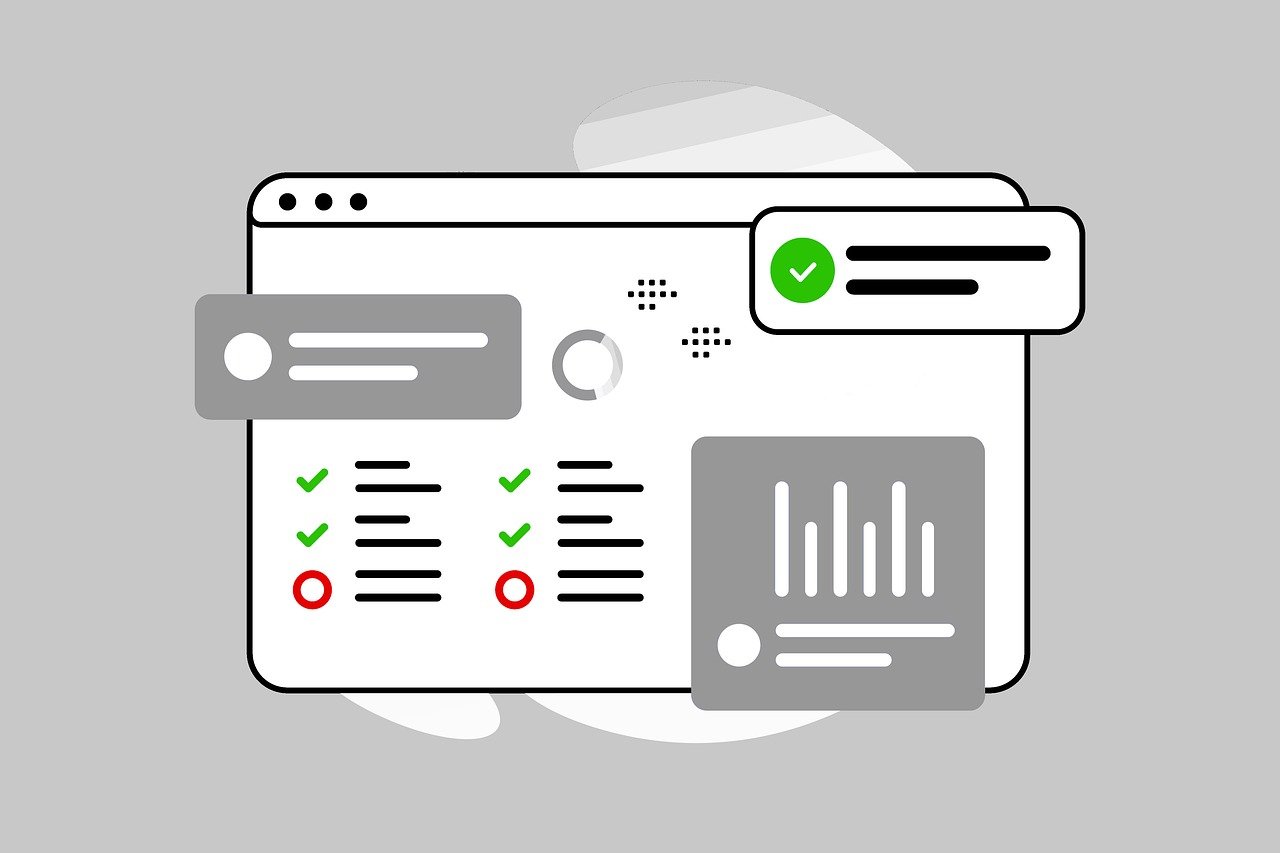Resume screening is a critical step in the recruitment process. However, in the era of AI, it no longer has to be a tedious and manual process. If you're still screening resumes manually, it's time to modernize. Let's dive into everything you need to know about automated resume screening.
What is automated resume screening?
Automated resume screening uses software powered by artificial intelligence (AI) and natural language processing (NLP) to streamline and speed up reviewing job applications. The goal is to help talent acquisition professionals identify the most qualified candidates by automatically filtering out resumes that don't meet specific criteria. Automated screening handles mundane tasks in recruiting faster and with fewer errors. The goal isn't to replace recruiters but to give them more time to build relationships and create impactful candidate experiences.
How automated resume screening works
Recruiters have been inventing ways to make the resume screening process faster. Automated screening takes those ideas, consolidates them, and improves on them. Here's how it works:
- Keyword matching: The system scans resumes for specific keywords related to the job description. This might include job titles, skills, certifications, or other relevant terms.
- Rank and score: The system assigns a score or ranks applicants based on the keywords and phrases in the resume. Resumes that are closely aligned with the job requirements, such as matching skills or experience, receive higher scores.
- Resume parsing: The software extracts key information from the resumes (e.g., work experience, education, skills, certifications) and organizes it into structured data that can be quickly reviewed.
- AI and NLP: Advanced systems use AI to understand the context of the resume—not just individual keywords. This allows the system to assess whether a candidate's experience and qualifications match the job requirements, even if the exact phrases don't match.
No two automated screening solutions are the same. Systems without NLP may misinterpret synonyms and mistakenly rule out qualified applicants—for example, rejecting a UX Designer because their title is listed as “User Experience Designer.” Poorly developed AI may not learn or improve over time, while systems lacking effective filters can leave recruiters doing manual work they were trying to avoid.
Benefits of automating the process
Automation undoubtedly improves the recruitment process. Here are the many benefits of opting for automated screening:
1. Time and cost efficiency
Automated systems can process resumes much faster than humans, reducing the time spent on initial screening. This is particularly valuable when there are large numbers of applicants. This efficiency also leads to cost reduction. By speeding up the process, companies can reduce the need for manual labor in the early hiring stages, ultimately saving on recruitment costs. Automated systems can also handle high volumes of resumes without requiring additional HR staff.
2. Consistency and objectivity
Automated systems evaluate resumes based on the same criteria for every applicant, ensuring consistency across all applications. Automated systems can help mitigate human biases by focusing solely on skills and qualifications if appropriately designed. By reducing bias, automated systems can help companies identify a more diverse range of candidates who might have been overlooked in a manual process.
3. Improved candidate quality
AI-powered systems can prioritize applicants who meet the most critical requirements. They analyze keywords, experience, skills, and education to ensure the resumes at the top of the list for review match the job requirements. This leads to a better quality of shortlisted candidates and reduces the chances of overlooking top talent.
4. Enhanced candidate experience
Since automated screening speeds up the initial stages of recruitment, candidates can learn whether they've made it to the next stage more quickly. Additionally, candidates may feel that their applications are being assessed fairly based on objective criteria, mainly if they know the system evaluates skills, qualifications, and experience rather than subjective human judgment.
5. Scalability
Automated systems are ideal for companies receiving a high volume of applications because they can easily manage a massive influx of resumes. This allows recruitment teams to focus more on the top candidates rather than manually reviewing hundreds or thousands of resumes. Additionally, automated systems can be quickly adjusted to suit different job positions. They can handle multiple openings simultaneously, saving HR teams the trouble of adjusting their review process for each new vacancy.
6. Reduction of human error
Human recruiters may miss key details due to fatigue or distraction, leading to qualified candidates being overlooked. Automated systems eliminate this risk by systematically scanning each resume for specific keywords and requirements. They can also extract and organize data accurately, which reduces the risk of errors in categorizing candidate information.
In today's competitive landscape, automated resume screening isn't optional—it's essential. Each benefit alone is reason enough to adopt automation, but together, they make a clear case for this technology. Now, the only question is where to find the right solution.
For the best automated resume screening solution on the market, get Applicant Match from hireEZ. With dedicated account managers, NLP, and a brilliant development team, you won't find better resume screening software anywhere else. Book a demo today to learn more.






